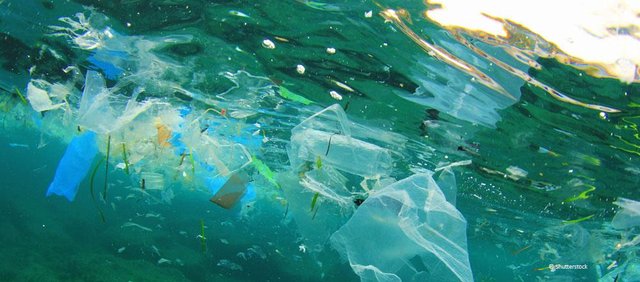
Fluorescent color could be the response to finding the 99 percent of missing microplastics in the seas.
Specialists from the University of Warwick in the United Kingdom have found that a color can tie with plastic particles—which makes the microplastics simple to see underneath a fluorescence magnifying lens. Micro aplastics—as little as the width of a human hair—are hard to find, and past research has proposed just 1 percent of plastic waste in the seas has been found. Utilizing fluorescent dye could help to recognize common materials from minor plastic particles, says the report published in Environmental Science and Technology prior this month.
"Have we found the lost 99 percent of missing plastic in surface seas?" Joseph A. Christie-Oleza, co-creator and research kindred concentrate marine sub-atomic microbiology at the University of Warwick, said in an announcement. "Clearly this technique should be actualized in future logical studies to affirm our preparatory discoveries."
Our seas have been comprehended to be horribly contaminated with plastics, yet the degree is hard to gauge when plastics separate to miniscule levels. Plastics have been found as profound as seven miles underneath the ocean surface. A dispiriting photograph of a seahorse getting a handle on a cotton swab made its rounds on the Internet—as an untamed life picture taker caught photographs while snorkeling among waste and raw sewage. Indeed, even corals are eating plastics on the grounds that they taste like nourishment to them, the New York Times announced.
This new technique to discover microplastics, if additionally approved in future research, can help gauge the inescapability of microplastics in the seas. "It is essential to see how plastic waste acts in nature to effectively evaluate future strategies," said Christie-Oleza.
This technique, which scientists say is economical, was tried on tests of ocean surface water and shoreline sand from the English drift around Plymouth. Subsequent to utilizing their technique on the specimens, specialists recognized a bigger measure of much littler microplastics than past assessments and essentially more than would have been found with conventional strategies.
The microplastic that was most plentiful in their specimens was one called polypropylene, which is found in plastics utilized for bundling and sustenance holders. The technique was likewise viable in discovering plastics that make up things, for example, plastic packs and Styrofoam.
Ebb and flow techniques, for the most part, require physically selecting from tests, as indicated by the analysts. The fluorescent color could supplant that strategy, preferably checking a portion of the human subjectivity related to outwardly arranging the microplastics from common materials.
"Utilizing this strategy, an immense arrangement of tests can be seen and dissected rapidly, to acquire a lot of information on the amounts of little microplastics in seawater or, viable, in any ecological example," Gabriel Erni-Cassola, lead creator, and Ph.D. hopeful at the University of Warwick, said in an announcement.
nice blog
Downvoting a post can decrease pending rewards and make it less visible. Common reasons:
Submit
THanks dear
Downvoting a post can decrease pending rewards and make it less visible. Common reasons:
Submit